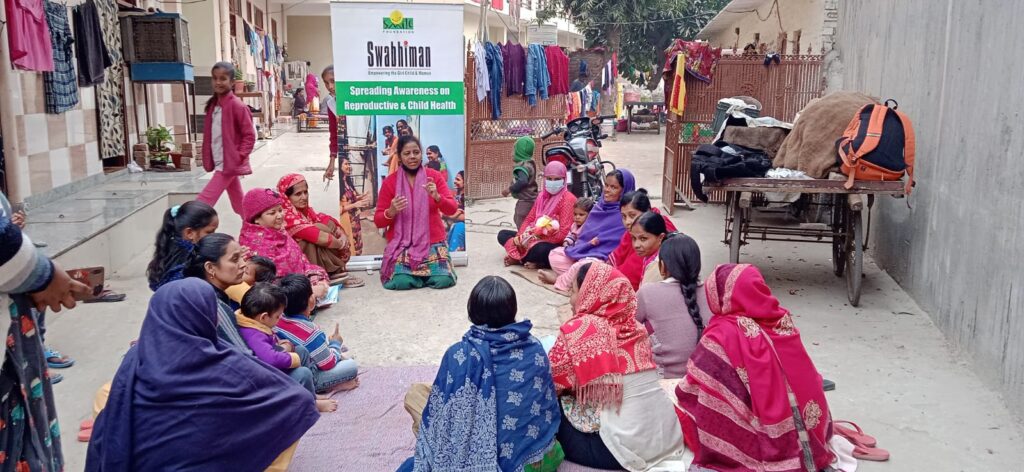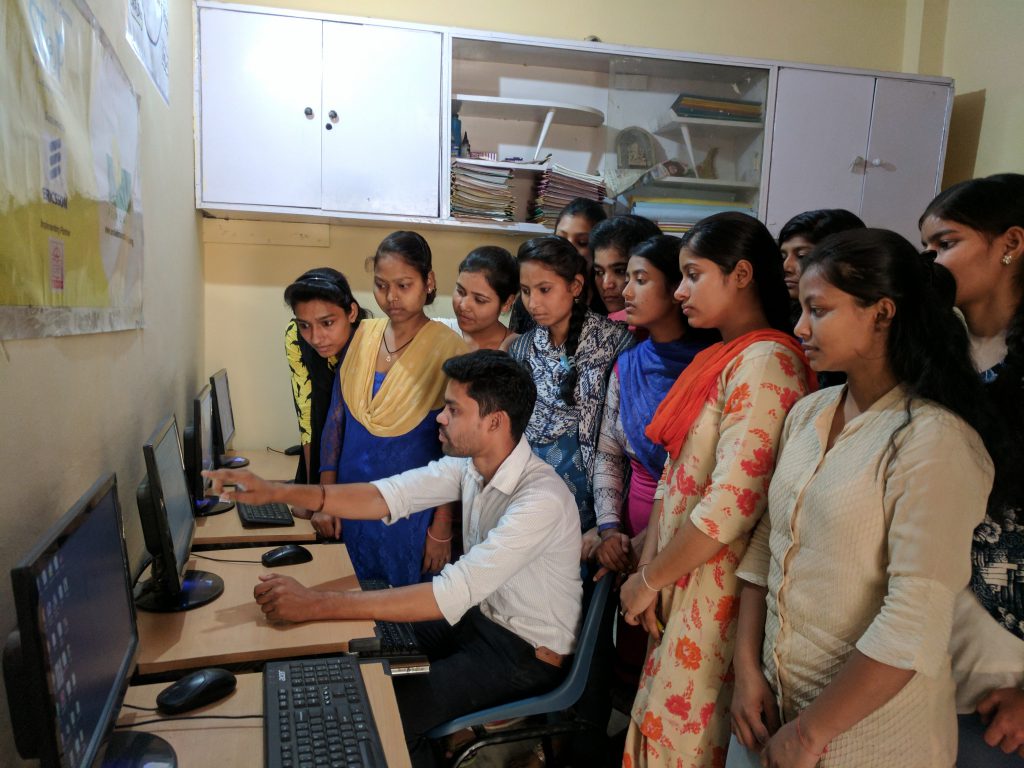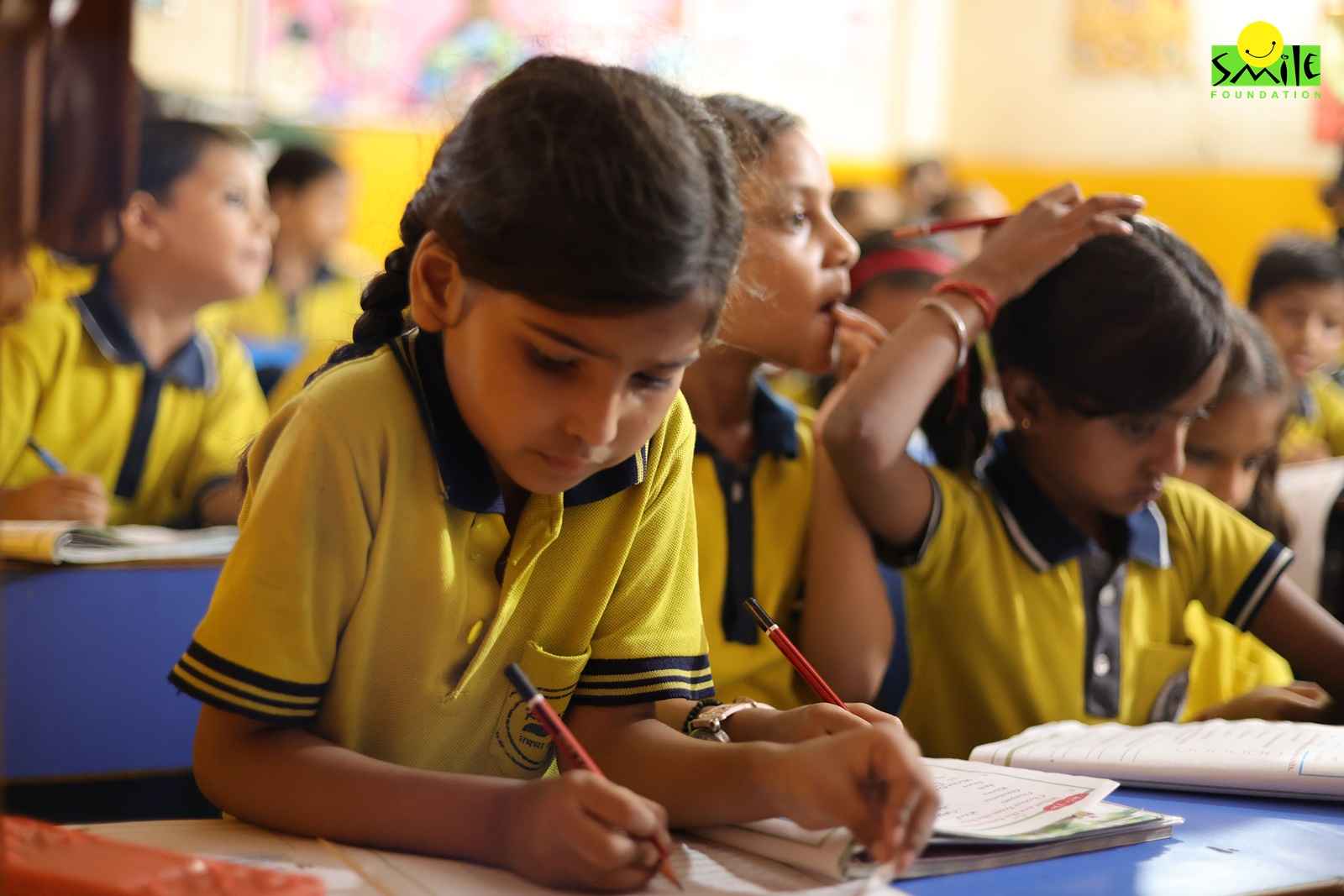ASHA and Anganwadi workers have been working at the grassroots level for basic health care and education. Since the pandemic, the working hours for community mobilizers have increased a lot. Their contribution in dealing with pandemic at the ground level has been tremendous. However, there has been little to no improvement in the working conditions for ASHA and Anganwadi workers.
These stellar women are the pillars of India’s healthcare system. Before the pandemic, these women were in the field for 4-5 hours every day. Ever since the onset of the pandemic, these workers have been at the frontline of performing COVID duties. When the pandemic hit, working hours increased. These community workers had to adapt very quickly, without much of training. Apart from additional work like contact tracing, they also had to conduct online surveys.
Many Asha workers have also lost their lives due to Covid. The all-women army is very critical to the government’s door-to-door vaccination drive, so are their contributions crucial when it comes to door-to-door delivery of medicines for Covid patients, but the workers complain that they are faced with more work and no pay.
There are many ways in which their lives can be improved.
Proper protective gear
Protective gear to prevent infection during the pandemic is essential. Even in other situations, it is important to keep these women safe while they continue doing the good work in society.
ASHA and Anganwadi workers have spent hours in accompanying patients to hospitals. They get patients tested and also accompany them on follow-up visits. Moreover, pre-natal and neo-natal care is often the responsibility of ASHA workers. This means they have to be extra careful, making sure that they don’t infect expectant mothers or newborns. Thus, protective gear is crucial to minimize any risk of infection, for workers as well as the beneficiaries.
Better working conditions for ASHA and Anganwadi workers
A range of interventions are needed to make this community healthcare sector organized.
First, these remarkable women are working for long hours on the ground. One possible reason for this is that there are not enough community health workers who have been recruited by the government. This can make the workers overworked and exhausted, thus reducing productivity. The health of a community is tied to that of these workers. Therefore, it is essential that they are well-rested and healthy. Their working hours must be limited.
Second, their economic conditions continue to remain poor. The government basically considers them as volunteers and not as healthcare workers. However, over the course of the pandemic, the work done by them on the ground has been unmatched. The salary is quite low and sometimes even that is quite delayed. ASHA and Anganwadis need to be paid more for the excellent work they are doing with the community. This will not only help achieve the healthcare goals but also keep these workers motivated.
Third, these women are the first line of contact between marginalized communities and primary healthcare. Not only this, they have also been instrumental in mass vaccination drives for diseases such as polio and COVID-19. They deserve full social security and healthcare benefits, as other government employees enjoy. Incentivizing them in this manner can lead to conducive working conditions for everyone involved.
How can healthcare sector be improved?
Healthcare costs are increasing day by day. In many cases, insurance companies also don’t cover the expenses if it is below a certain amount. There is an increased need of government health facilities—not just primary but secondary level facilities too!
The government and civil society organizations should aim towards universal health coverage. They first step should be strengthening the public health system. Proximity is an issue for most people in rural or semi-urban areas. These people have to travel very far for decent and specialized treatment. Further, if testing facilities are available at more and more locations, it would ease the lives of these communities as well as the community workers.









